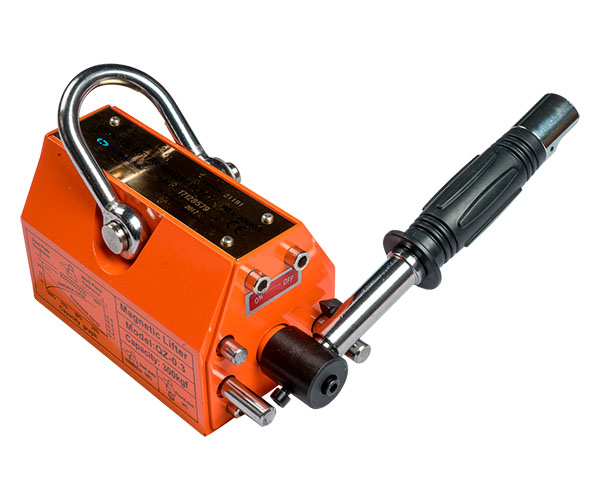How to ensure the right choice of hard lifting equipment
Safe lifting always starts with choosing the right equipment. The choice of lifting equipment depends on what you intend to lift. Lifting equipment is often divided into two groups - hard lifting equipment and soft lifting equipment. Here we describe what you need to consider when choosing hard lifting equipment.
See our complete range of Hard lifting equipment.
Hard lifting equipment
Hard lifting equipment is a collective name for lifting equipment Grade 80 and Grade 100 as well as lifting appliances such as pallet lifting forks, lever hoists, beam trolleys, etc. Grade 100 components are about 25 percent stronger than the corresponding size of Grade 80 component, which means you can lift more with the same size of component.
Chain slings
Chain slings has high resistance to abrasion and wear, and is often used in lifting applications where durability is an important factor. This lifting equipment can withstand high temperatures and can be combined with many different lifting components such as hooks, connecting links and master links. Chain slings are very flexible, for example, grab hooks can be used to adjust the length of one or more parts etc.

Grade 80

Grade 100
Things to keep in mind when using chain slings:
• Only used approved equipment for lifting
• Never lift with a twisted chain
• Use grab hooks for shortening chain
• There must never be knots on the chain
• Never place a load on the tip of a hook. The load must always be supported at the bottom of the hook
• The various components must always be able to move freely in the direction of the load
• The lifting angle must never exceed 120° (60° from the vertical) for any part
• Always avoid jerking during loading
• Chains and other components must not be heat treated
• Always use corner protection to protect the chain from wear on sharp edges
• Get to know your lifting equipment – read the user manual
When should chain slings be replaced?
Lifting equipment must be replaced if there are any signs of permanent elongation, deformation, cracks or other notches. The same applies when the wear on a chain exceeds 10 percent of the original dimension. NEVER compromise on safety!
Lifting components
There are many different types of lifting components, from master links and connection links to sling hooks and self locking hooks. Hooks should always be chosen according to the dimension and grade of the chain.
Things to keep in mind when using lifting components:
• Check the lift components before use
• Discard the components if cracks, wear, and other damage are detected
• Check hook latches and connecting link locks before use
• Wear on hooks must not exceed 10% of the starting material
• Max. permissible permanent hook gap increase is 10%
• Extension of connecting links is not permitted
• Sand off sharp notches and burrs on worn surfaces
Lifting Applications
Hard lifting equipment also includes different types of lifting applications. This group includes e.g. chain and lever hoists, beam trolleys and clamps, lifting yokes, magnetic lifting clamps and lifting clamps. They are often used in combination with various kinds of lifting equipment.

Lever hoists

Beam trolley

Lifting yoke

Magnetic lifting clamp


